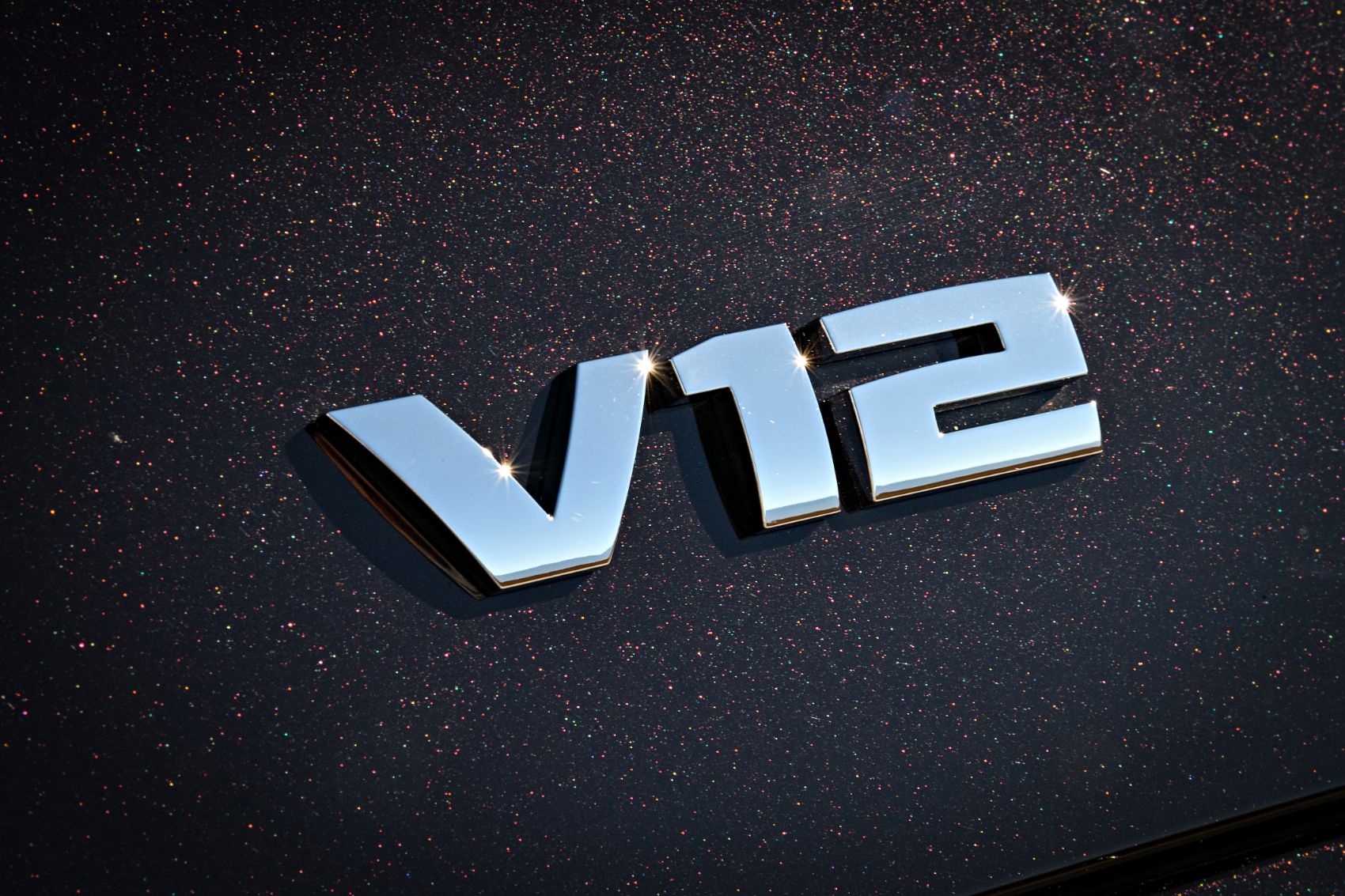2022 started as a year of new beginnings, but for at least one BMW signature, 2022 is a final farewell. This June, BMW will produce its last V12 engine for a production vehicle. Perhaps fitting enough, there will only be a dozen examples of what BMW is calling “The Final V12,” a (very) limited run of cars based on the M760i xDrive. According to BMW, all 12 are destined for the U.S. market and will include unique badging, wheels, and a wide choice of exterior colors and upholstery from BMW Individual.
Writing On The Wall
As BMW is starting to retire gasoline engines, Lotus is quitting cold turkey. After the forthcoming Emira, the sports car nameplate once helmed by the great Colin Chapman will go entirely electric. While Volvo is trending intently towards electrification, its Polestar spinoff is already there, offering only electric performance vehicles. When it comes to the era of big engines, like BMW, Lamborghini is giving its iconic V12 one final season with the Aventador LP 780-4 Ultimae.
“It delivers the essential 12-cylinder experience in terms of inimitable design, engineering solutions, and the most emotive driving experience, and is the definitive Aventador concluding an extraordinary era,” said Stephan Winkelmann, President and CEO of Automobili Lamborghini. “It is the last of its kind.”
It’s not just expensive cars, though. Big gasoline engines are synonymous with more affordable performance cars like the Dodge Charger and Challenger, two nearly immortal machines representing a mix of old-school muscle and modern tech. But how much longer will they be around in petrol form?
During a virtual event organized by the Midwest Automotive Media Association with Dodge brass in early 2021, Brand Chief Timothy Kuniskis noted that electric powertrains would be a natural fit for the storied muscle cars. Although he didn’t confirm any future plans for the Charger and Challenger, he didn’t deny anything either, saying that at some point, you reach an apex with gasoline powertrains and must consider how electrification could take things to the next level.
While Dodge has its legendary Hemi engines on tap for 2022, Cadillac fans have one last chance to grab a gasoline-powered V-Series car. The automaker, named after Detroit’s founder Antoine de la Mothe, sieur de Cadillac, has made no secret about its plans for electrification, starting with the announcement of the 2023 LYRIQ. The LYRIQ, Cadillac’s first electric SUV, is a signal of things to come for the automaker once deemed The Standard of The World.
“Throughout the next decade, Cadillac will define the future of luxury transportation through a series of exciting new electric vehicles, and it all begins with LYRIQ,” said Rory Harvey, vice president of Global Cadillac. “The 2023 Cadillac LYRIQ’s stunning design and artfully integrated technology combined with GM’s Ultium Platform will deliver a high-performance luxury experience, unlike anything that has come before it, setting a new standard for Cadillac.”
Reduce Complexity, Cut Cost
Ultium Platform is the key phrase in Harvey’s quote. As described by GM, the Ultium Platform is a modular propulsion system and flexible EV platform powered by the automaker’s proprietary Ultium batteries. With the Ultium Platform, GM can accommodate a wide range of new vehicles, including cars, crossovers, trucks, and SUVs, with far less manufacturing complexity (complexity being the official automotive industry term for critical mass and sensory overload). For example, GM may only be looking at about 20 different battery and drive unit configurations initially, compared with the 550 internal combustion powertrain combinations available today.
Generally speaking, when automakers reduce complexity, the cost for consumers goes down, which is what GM is aiming for with the Ultium Platform. According to the automaker, the platform will usher in more affordable GM vehicles without sacrificing luxury or performance. “Thousands of GM scientists, engineers, and designers are working to execute a historic reinvention of the company,” said GM President Mark Reuss. “They are on the cusp of delivering a profitable EV business that can satisfy millions of customers.”
GM is not the only automaker working on and moving toward such platforms. From my vantage point here in Detroit, I believe every major manufacturer will have their own version of the Ultium Platform by 2030, if not before. GM is perhaps more vocal about it right now, but other automakers are assuredly hard at work cooking up similar platforms in their kitchens. It’s only a matter of time before we see them.

Software-Defined Vehicles
Enter software-defined automotive architectures. This is where things like GM’s Ultium Platform and other similar designs are pointing. While much can be said on the topic, the basic idea is that all vehicles – sooner or later – will shift from a mechanical-based platform (i.e., a standard gas engine and transmission, etc.) to one that is software-focused. With a software-defined architecture, there are, naturally, fewer moving parts because the emphasis is on battery propulsion versus gasoline propulsion (or, as we noticed above, things are less complex).
Furthermore, these software-defined vehicle architectures can receive “over-the-air” updates. Think of such updates as new and enhanced features on-demand for your vehicle. If the manufacturer issues a new update for something like the powertrain or infotainment system, that can happen in your garage via these over-the-air updates. No trip to the dealership service department is necessary. Think of your vehicle like the smartphone you are probably reading this on. Now imagine the availability of new apps and software upgrades, and so on. Instead of being for your phone, these updates are for your car.
“With pure hardware, we are at the borderline and cannot improve functionality anymore,” said Urich Weinmann during a live interview for CES 2022. “We need to have software, and we need to have the variability to implement it for future vehicles.” Weinmann, former Senior Vice President of Global Customer Business for HARMAN International, recalled his time as BMW’s Global Head of Development for Infotainment, Navigation, and HMI.
“A car is a mobile device like any other consumer product,” he continued. “And we know the average consumer doesn’t live seven to 10 years with those products without doing some type of software or content update. We now have the possibility to update a car during its usable life.”
Vehicles with software-defined architectures that support over-the-air updates can generate ongoing revenue streams for automakers. In other words, a manufacturer can make money on a car long after its purchase. For example, a new update to enhance or add a particular feature may cost extra, not unlike how some smartphone apps have a separate charge. In my view, this is partly what Reuss was talking about when he mentioned a profitable EV business that can satisfy millions of customers for GM. Complimenting GM’s Ultium Platform is the Ultifi Platform. In so many words, Ultifi will enable such cloud-based features and services to drivers over the air.
“GM has decades of experience writing vehicle software, creating a solid foundation to build on,” Reuss said. “Now, with Ultifi, we will be able to improve our software continuously and deliver new features and apps to customers in a fraction of the time.”
What Do Future Car Buyers Want?
This dovetails into a more extensive discussion – one taking place in the automotive business right now – about what future car buyers will value most. Evidence suggests future car buyers will crave a more immersive interior experience, which explains why the latest concept cars look the way they do inside. This is to say future generations will judge a car’s value differently.
For many years, and for many enthusiasts, it’s been things like horsepower, torque, and quarter-mile performance. Those are the experiences they were looking for behind the wheel. No different than truck buyers looking for the most payload capacity or more pragmatic shoppers who consider things like fuel economy. Good “automotive experiences” were usually an “under the hood” thing.
Some in the industry now see a changing trend where future consumers will want a more tech-focused experience versus a performance-oriented one. Or, put another way, how future generations define vehicle performance will change. A good automotive experience will be measured by the tech in the dashboard versus the motor under the hood. Software-defined architectures are full of potential and capable of providing the type of features a more connected audience is looking for. Just as baby boomers flocked to muscle cars to carve out their identity, so too will future generations flock to something. Most likely, it will be an electrified and software-centric car versus a mechanical one. One that connects to the cloud as opposed to leaving clouds of dust.
HARMAN and SBD Automotive formed the Experiences Per Mile Advisory Council to study, gauge, and ultimately capitalize on what might be considered a radical transformation of traditional mobility. The council consists of automotive executives, analysts, and industry insiders who are seeking to “foster cross-industry innovation to define and improve the in-vehicle experience for consumers.” According to the council, both automotive and non-automotive companies alike need to consider how important the idea of a connected vehicle is for future generations. The council advocates that companies embrace this future by adapting their mindset and developing new innovations that cater to an ever-changing market.
While software-defined architectures can support all of the fancy tech inside, they also open up the possibility of autonomous driving. After all, what good is such an incredible interior full of the latest tech if you still have to drive? Autonomous technology is ripe for EVs with software-defined architectures; it’s like an Oreos and milk combo. The more electric vehicles we see, the more autonomous technology we will also see. The idea is that owners can sit back and relax and let the car do the driving while they enjoy an interior from out of this world.
“At HARMAN we believe cars should be for living, not just driving,” explained Christian Sobottka, President of HARMAN Automotive. “We’re transforming the car into a ‘third space’ that delivers the experiences consumers demand and delights with meaningful moments of magic.”
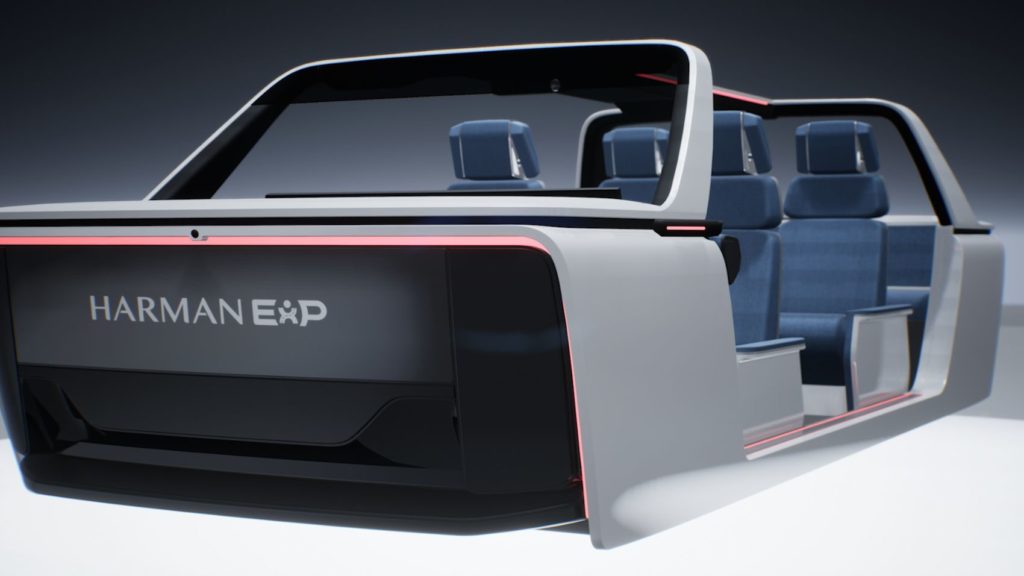
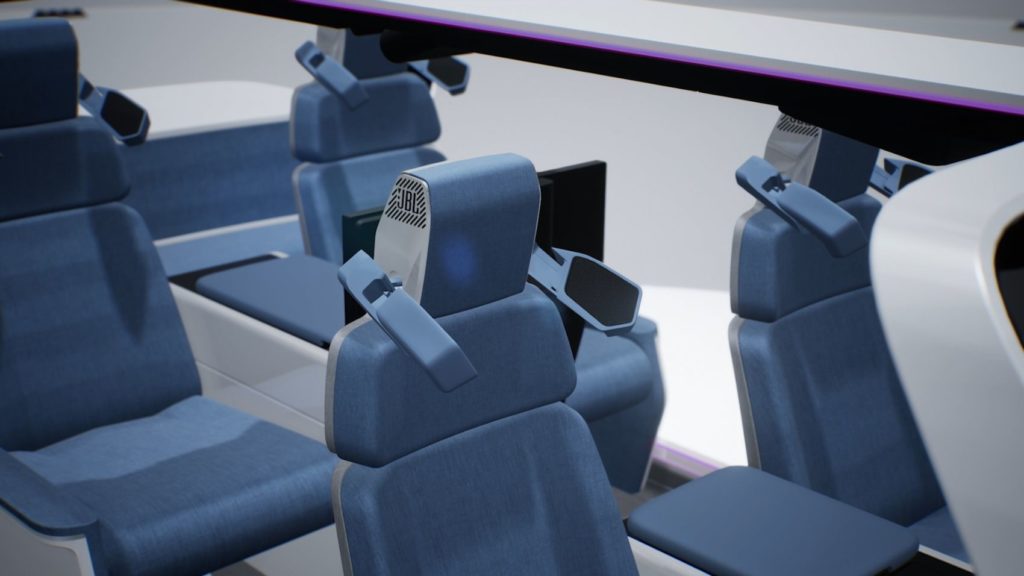
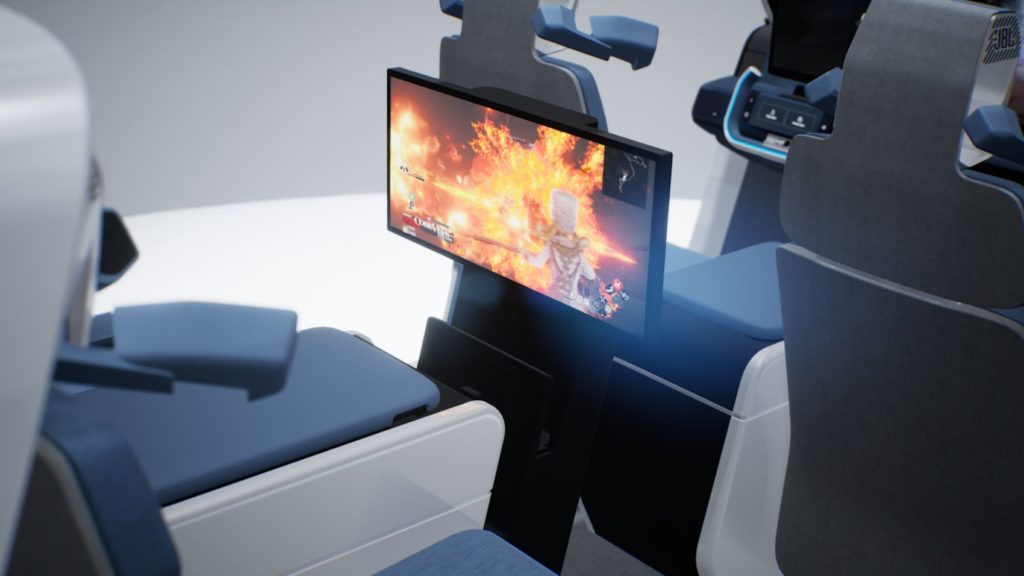
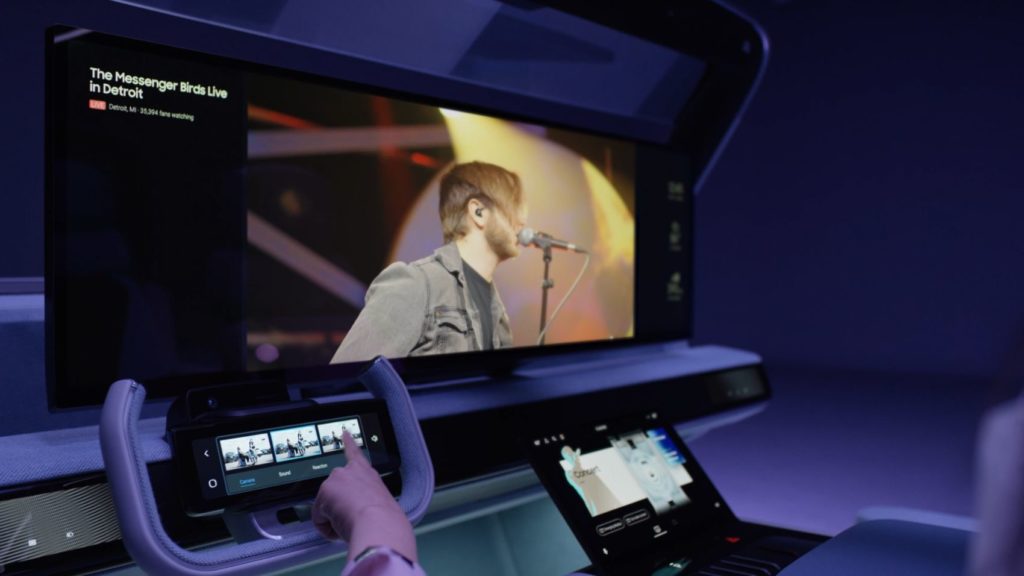
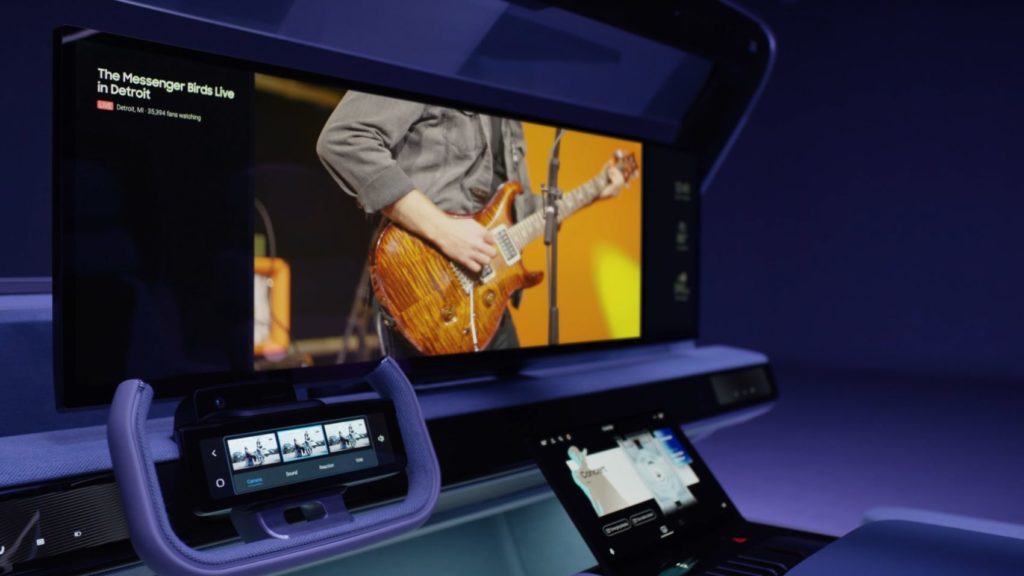
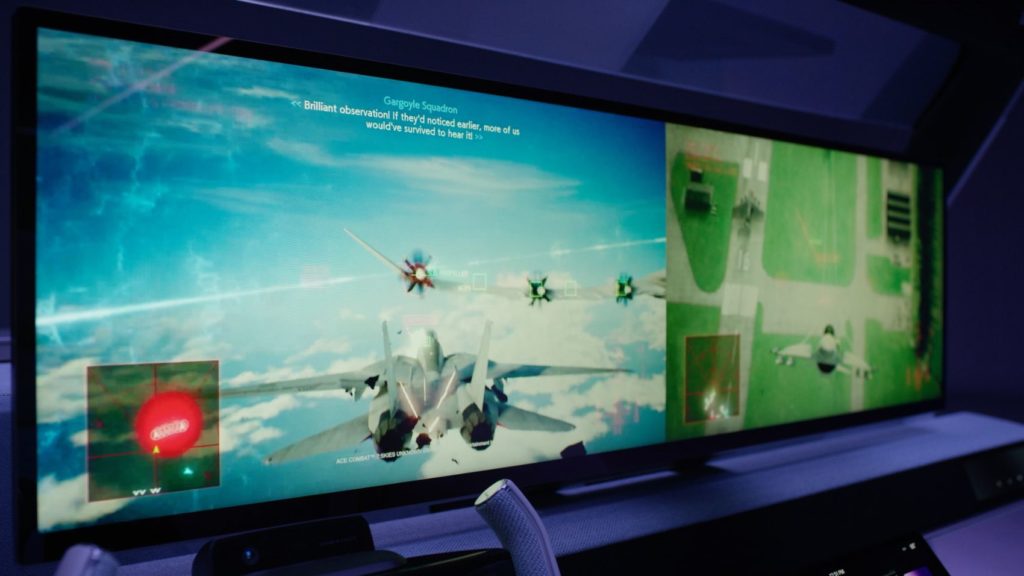
Then & Now
But the world was slightly different in 1987 when BMW introduced its first V12, a naturally-aspirated, five-liter mill with single overhead camshafts, two valves per cylinder, and a drive-by-wire electronic throttle. The original BMW 750iL housed the V12, which produced 295 horsepower at the time.
By contrast, the current BMW M760i xDrive sails down the road with a whopping 600 horsepower (5,500 to 6,500 rpm) and 627 lb-ft. of torque (1,550 to 5,000 rpm). The all-aluminum 6.6-liter V12 employs two banks of cylinders positioned at a 60-degree angle. On the outside of each bank is a single, mono-scroll turbocharger with indirect charge air cooling and a separate cooling circuit. Top speed of the BMW M760i xDrive with the V12? 155 mph.
The world was remarkably different in 1930 when Cadillac debuted its 7.4-liter V12, also known as the Cadillac 452. Cross-town rival Packard was at their height when Cadillac rolled out the 452 with 165 horsepower. Contrast the 452 with the 6.2-liter V8 engine of the CT5-V Blackwing. Complete with an Eaton four-lobe supercharger, the engine pumps out 668 horsepower and 659 lb-ft. of torque. And how much more could an electrified powertrain do?
What Does The Future Hold?
Since all signs seem to point towards electrified and software-defined vehicles, we can expect our favorite automakers to head in that direction to stay relevant. Does that mean automakers will eventually stop making gasoline engines? I don’t know, but it seems plausible that may be the case one day. Some, like Lotus, will do it in one fell swoop, while others will do so more gradually. Either way, we are witnessing the end of a proverbial era, one that seemed impossible, maybe even just a decade ago.
When I started in the car business at Sioux Falls Ford, the first vehicle I ever sold was a 2005 Jeep Liberty. It was a typical used SUV; nothing special aside from reasonably low mileage. Yet it was a big deal for the young couple who had saved for months to purchase something. However, if that Jeep Liberty had been an EV, I don’t think it would have mattered. For this couple, it was the fact that they could finally afford their first vehicle after getting married.
I suspect it will be similar as more EVs with software-defined architectures arrive on the market. Some will go crazy for the technology, and others not so much. Some will absolutely have to have it for the cool factor; some will be able to afford it outright. Meanwhile, others will more modestly seek out their purchase, doing research and running all the numbers to find the safest and most efficient transportation for their family.
We are probably coming to the end of the standard gasoline engine for the automobile. How soon it will happen, I don’t know. What the future looks like exactly, I don’t know. But the winds of change are picking up steam. It should be, I hope anyway, an exciting ride.
Carl Anthony is the Managing Editor of Automoblog and the host of AutoVision News Radio and AutoSens Insights. As a respected automotive industry thought leader, Carl has appeared on numerous podcasts and radio shows, including Wrench Nation, Cars Yeah, The Car Doctor, and Brains Byte Back, in addition to appearing as a regular contributor on MotorMouth Radio on WHPC 90.3 FM. His work can also be seen and heard 24/7 on the Automoblog YouTube channel.

